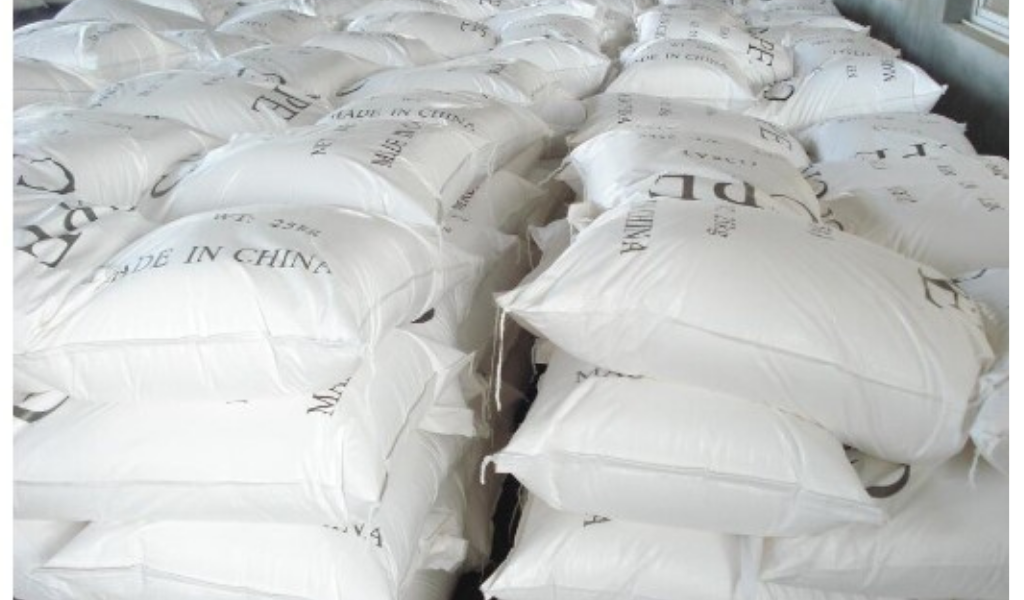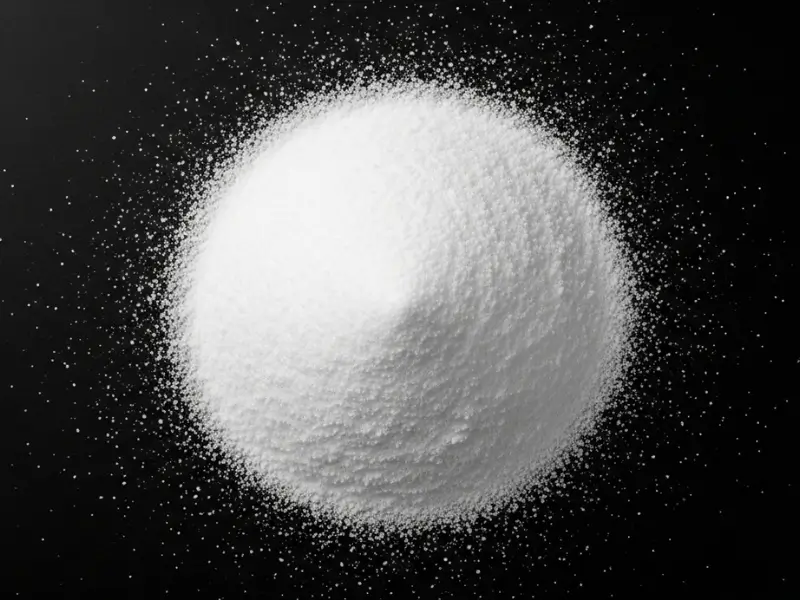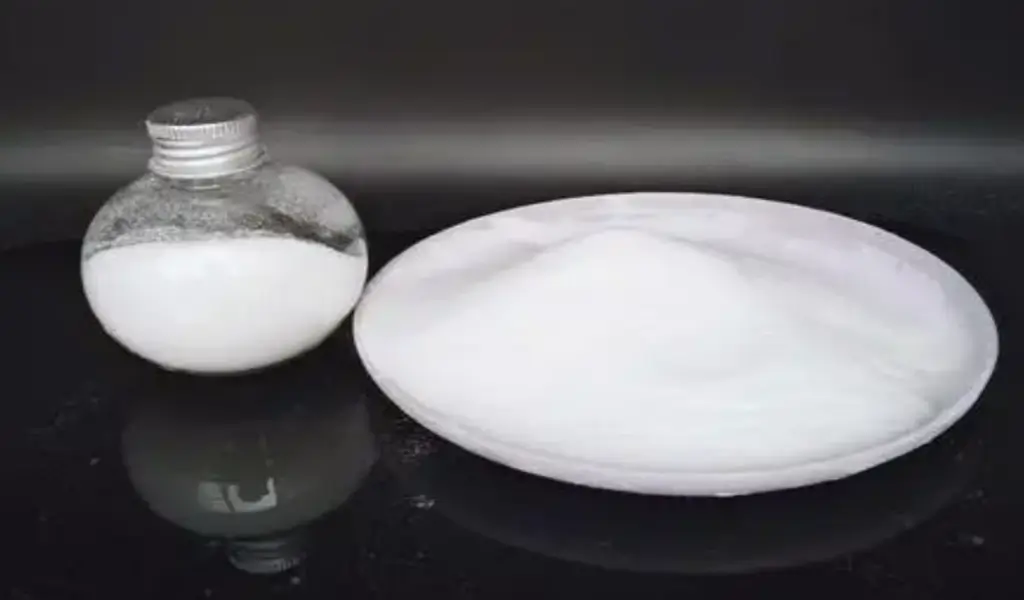Chlorinated Polyethylene, commonly abbreviated as CPE, plays an indispensable role in modern industrial manufacturing. Known for its versatility, durability, and cost-efficiency, CPE is used across a wide range of applications from construction to automotive to wire and cable insulation. This article covers everything procurement managers, manufacturers, and material engineers need to know about this widely adopted polymer. But here’s the kicker – it’s not just about durability; it’s about performance under extreme conditions. By the end of this article, you’ll be well-equipped to determine whether CPE suits your industrial product lineup.
1. Understanding Chlorinated Polyethylene (CPE)
CPE is derived from high-density polyethylene through a chlorination reaction that replaces hydrogen atoms with chlorine. This modification results in a thermoplastic elastomer that blends the flexibility of rubber with the processing benefits of plastic. What’s the real story? The result is a material that can be either a soft rubber substitute or a rigid impact modifier, depending on its chlorine content.
There are two major types: thermoplastic CPE and rubber-type CPE. The former is used as a PVC modifier, while the latter is designed for elastomeric applications. Chlorine content generally ranges from 25% to 45%, and higher levels mean better flame resistance and compatibility with rubber.
CPE’s unique value lies in its chemical structure. The chlorination process induces polarity in the otherwise non-polar polyethylene, giving it enhanced compatibility with polar materials like PVC. This results in improved performance in blending, bonding, and formulation. This is where it gets interesting – CPE also retains excellent impact resistance at low temperatures, making it a preferred choice in cold climates.
Types and Chlorine Content Range
| Type | Chlorine Content (%) | Main Use Case |
|---|---|---|
| CPE for Plastics | 25–35 | PVC modification, impact strength |
| CPE for Rubbers | 35–45 | Hoses, cables, weather seals |
| Specialty CPE | 40–45 | Flame-retardant and chemical resistant |
2. Physical and Chemical Properties of CPE
Let’s talk performance. CPE’s standout features include superior weather resistance, thermal stability, and flame retardancy. It performs consistently across a broad temperature range, typically from -40°C to 135°C.
But here’s the kicker – CPE resists ozone, UV, oil, and chemicals, making it perfect for outdoor and industrial applications. Most organic compounds have little effect on it, and it resists swelling in hydrocarbons far better than standard rubbers.
Its tensile strength ranges between 8 to 12 MPa, and elongation can exceed 600%, depending on the formulation. Hardness can be adjusted from 40A to 90A on the Shore scale. CPE is a master of balance: flexible yet tough, stable yet processable.
A lesser-known fact? CPE also has low gas permeability, adding to its utility in sealing systems and barrier layers. It can be crosslinked with peroxides or irradiation, further expanding its temperature performance and oil resistance.
Core Physical Properties
| Property | Value Range | Application Benefit |
|---|---|---|
| Tensile Strength | 8 – 12 MPa | Strong mechanical performance |
| Elongation at Break | 300 – 600% | Excellent flexibility |
| Operating Temperature | -40°C to 135°C | Stable in extreme environments |
| Shore Hardness | 40A – 90A | Customizable softness and rigidity |
| Ozone/UV Resistance | Excellent | Long-term outdoor durability |
3. Main Industrial Applications of CPE
CPE is nothing short of a workhorse in modern manufacturing. Its ability to perform in harsh environments makes it a staple in multiple industries.
This is where it gets interesting – CPE’s performance isn’t theoretical; it’s proven across thousands of SKUs worldwide.
In the wire and cable industry, CPE jackets protect against sunlight, oil, and high voltage. For rubber hose manufacturing, it provides heat and abrasion resistance in fuel, chemical, and air delivery systems.
Construction firms use CPE in roofing membranes, window gaskets, and water-resistant films. Its flame-retardant and waterproof qualities make it ideal for these critical components. Meanwhile, in appliance manufacturing, CPE is used for power cords and door seals that must withstand wear, heat, and chemical exposure.
OEMs in China, India, and the U.S. report up to 30% longer part life when switching from conventional elastomers to CPE blends. And since it can be co-processed with PVC, it’s popular in extrusion lines already set up for vinyl materials.

Key Application Areas
| Industry | Product Application | Functional Role |
|---|---|---|
| Wire & Cable | Jackets, insulation | UV, oil, and heat resistance |
| Construction | Roofing, window seals, films | Flame-retardant, weatherproof barrier |
| Automotive | Hoses, gaskets, seals | Chemical, heat, and oil resistance |
| Appliances | Cords, door gaskets | Flexibility and electrical insulation |
4. CPE in Automotive Manufacturing
CPE’s integration into automotive systems is no accident. Manufacturers across global supply chains have embraced this material due to its resistance to extreme heat, oils, and chemical exposure. But here’s the kicker – it doesn’t just meet automotive specs; it often exceeds them.
One major application is under-the-hood components. Hoses made with CPE resist engine heat, coolant chemicals, and abrasion. In areas where engine vibration is an issue, CPE also provides effective damping. Grommets, tubing, and underbody protection sheets benefit from CPE’s toughness.
Interior use cases include door seals, window weatherstrips, and wire insulation. The material’s flexibility ensures tight seals and minimal wear over time. And because of its electrical insulation properties, it’s also used in hybrid and electric vehicle wiring.
CPE’s success in automotive applications lies in its long-term performance. OEMs report reduced part failure rates and extended maintenance cycles. In tests simulating 10 years of weathering and thermal cycling, CPE outperformed several rubber alternatives.
This is where it gets interesting – with the rise of EVs, CPE is being explored for battery housing seals and heat shielding parts. Its non-halogenated flame-retardant grades are especially appealing for safety compliance.
CPE in Automotive Use
| Component | Role in Vehicle | Performance Benefit |
|---|---|---|
| Engine Hoses | Fluid and air delivery | Heat and chemical resistance |
| Door and Window Seals | Cabin sealing | Flexibility, ozone, and weather resistance |
| EV Wiring Insulation | Power and data cable protection | High voltage safety, flame retardancy |
| Underbody Covers | Protection from debris and heat | Toughness and aging resistance |
5. Benefits of Using CPE Over Other Materials
CPE stands out not just for its properties, but for what it helps manufacturers avoid. Ready for the good part? CPE is often the smart alternative when traditional rubbers like EPDM, NBR, or CR fall short under specific chemical or thermal loads.
Cost-wise, CPE sits in the mid-range. It’s less expensive than many specialty rubbers yet delivers comparable performance. That makes it attractive for price-sensitive sectors like consumer goods and infrastructure. Its long lifespan also means fewer replacements over time, lowering lifetime costs.
In terms of performance, CPE offers a wider usable temperature range and better oil and chemical resistance than EPDM. Compared to NBR, it delivers superior weathering and UV resistance. And unlike CR (chloroprene), CPE does not require extensive stabilizer packages to maintain performance in harsh environments.
Here’s what manufacturers love – CPE can be processed on standard rubber and plastic equipment. It blends easily, co-extrudes with PVC, and accepts a variety of fillers and reinforcements. This compatibility reduces downtime and tooling costs.
CPE also performs better in flammability tests, especially when combined with non-halogen flame retardants. This makes it a go-to for applications that require fire safety compliance without toxic smoke.
Comparison with Other Materials
| Property | CPE | EPDM | NBR | CR |
|---|---|---|---|---|
| Oil Resistance | High | Low | Medium | High |
| Weathering Resistance | Excellent | Good | Poor | Good |
| Flame Retardancy | Excellent | Poor | Poor | Good |
| Processability | Easy | Moderate | Moderate | Complex |
| Cost Efficiency | Medium | Low | Low | High |
FAQ
Q1: What is Chlorinated Polyethylene?
Chlorinated Polyethylene (CPE) is a modified polymer derived from polyethylene, treated with chlorine to improve flexibility, weatherability, flame resistance, and compatibility with other materials.
Q2: How does CPE improve flame resistance in compounds?
CPE contains chlorine atoms, which help inhibit combustion by releasing hydrochloric acid when burned, suppressing flames and reducing smoke production.
Q3: Where is CPE most commonly used?
CPE is used in wire and cable insulation, rubber hoses, roofing membranes, automotive parts, and flame-retardant formulations.
Q4: What makes CPE suitable for outdoor and marine use?
CPE’s excellent resistance to UV, ozone, water, and harsh chemicals makes it ideal for prolonged outdoor exposure and marine environments.
Q5: Is CPE compatible with other rubber or plastic materials?
Yes, CPE blends well with materials like PVC, NBR, and EPDM, making it versatile for co-processing in various industrial formulations.





